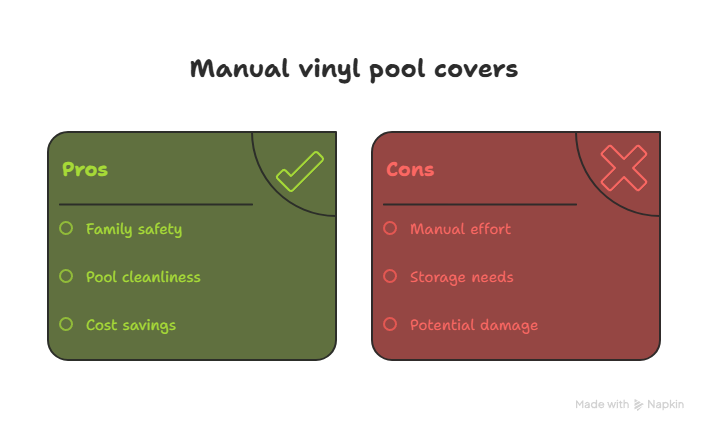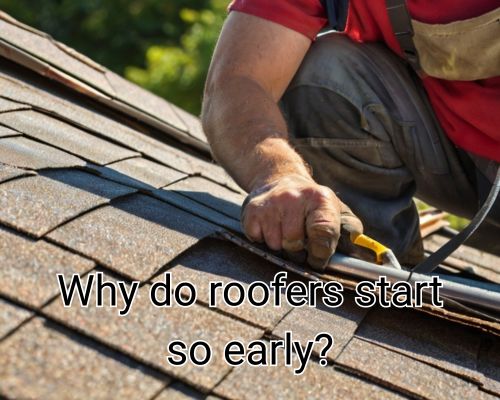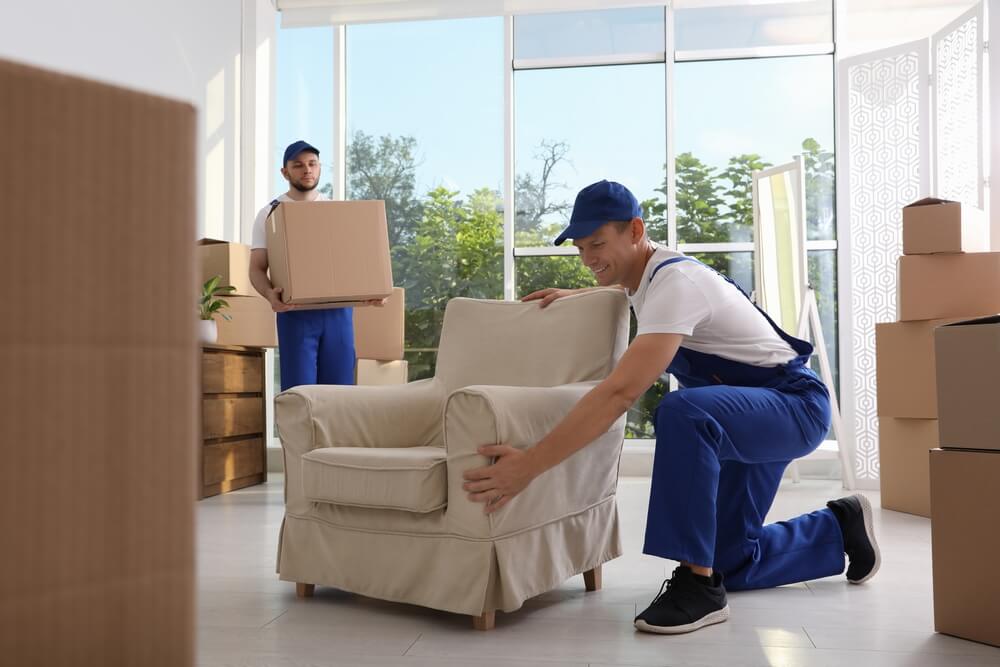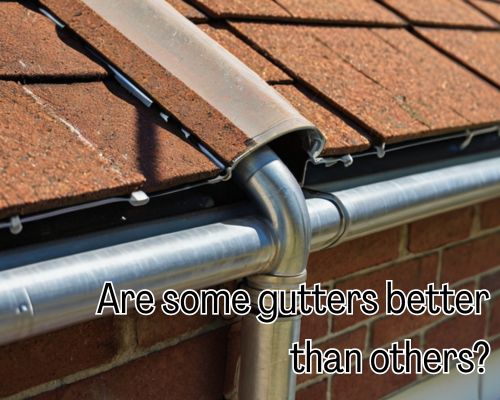Introduction: Why Guttering Replacement Matters
Guttering might not be the most glamorous part of home maintenance, but in Melbourne’s unpredictable climate—where a single storm can dump a month’s worth of rain in hours—it’s an essential component of property protection. For homeowners wondering, how much does it cost to replace guttering on a house in Australia, the answer depends on a mix of materials, house size, design, labour costs, and regional pricing. In Melbourne, with its leafy suburbs and variable weather patterns, gutter maintenance and replacement are critical in preventing water damage, mould, and foundational issues.
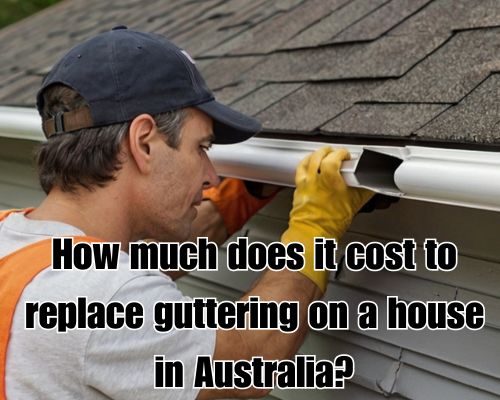
With Gutter Cleaning Melbourne, let’s dive into the specifics of gutter replacement costs in Melbourne and across Australia, plus the factors that impact pricing and what to expect during the process.
Average Gutter Replacement Costs in Australia
In general, the cost to replace guttering on a house in Australia ranges from $30 to $120 per linear metre, depending on the material and complexity of the installation. This includes both the removal of the old guttering and the installation of new systems.
Here’s a breakdown by material:
| Guttering Material | Approximate Cost (per linear metre) |
|---|---|
| PVC / Vinyl | $30 – $50 |
| Colorbond Steel | $40 – $65 |
| Zincalume | $45 – $70 |
| Galvanised Steel | $50 – $80 |
| Aluminium | $55 – $90 |
| Copper | $80 – $120 |
👉 Melbourne homeowners tend to prefer Colorbond and Zincalume guttering due to their durability, corrosion resistance, and aesthetic compatibility with modern architecture.
Factors That Affect Gutter Replacement Costs in Melbourne
To accurately estimate how much it will cost to replace your home’s gutters in Melbourne, you’ll need to consider several variables:
1. Gutter Length and House Size
Most single-storey homes require about 40 to 60 linear metres of guttering. Larger or multi-storey properties may need significantly more, and working at heights can increase labour charges.
2. Access and Roof Design
A home with easy access and a low-pitch roof will cost less to service than one with steep angles, multiple levels, or obstructed access points (e.g., overgrown landscaping, narrow side access).
3. Material Choice
Choosing a high-end guttering material like copper or aluminium adds to the overall cost but offers extended durability and minimal maintenance. More budget-friendly options like PVC can save upfront but may require earlier replacement due to UV degradation.
4. Labour Rates
In Melbourne, gutter replacement labour typically costs $45–$80 per hour, depending on the contractor’s experience and reputation. Premium providers or emergency services may charge more.
5. Disposal and Extras
Some quotes may exclude waste removal or downpipe replacement. Ensure your quote is itemised. Gutter guards, fascia repairs, or timber replacement can also add to the total bill.
Cost Estimate Examples: Guttering Replacement in Melbourne Homes
Let’s break down typical guttering replacement costs in Melbourne for various house types:
- Small Unit (25m of guttering, Colorbond):
~$1,300 – $1,800 total - Standard 3-Bedroom Home (45m, Colorbond + Downpipes):
~$2,500 – $3,800 total - Double Storey Home (60m, Zincalume, Difficult Access):
~$4,000 – $6,000 total
These are estimates and will vary depending on your suburb (e.g., Brighton vs. Broadmeadows), access conditions, and installer.
Local Insight: Why Gutter Replacement Is Crucial in Melbourne
Melbourne’s weather is a wildcard—heatwaves, heavy rain, sudden temperature drops. These extremes place added strain on gutter systems. In leafy suburbs like Eltham, Kew, or Camberwell, blocked or cracked gutters are common due to seasonal leaf litter and tree sap.
Local plumbers and roofing experts often recommend gutter inspections twice a year—typically before and after the storm season (spring and autumn). Replacing worn-out gutters is not only about curb appeal—it directly protects your home’s structural integrity.
When Should You Replace Your Gutters?
Not sure if you need a replacement or just a clean? Watch out for:
- Rust or corrosion, especially near joints
- Sagging gutters or visible separation from fascia
- Paint peeling near the gutter line
- Overflow during moderate rain
- Water pooling near your foundations
Older homes in inner-city Melbourne, like those in Fitzroy or Carlton, often have outdated metal gutters that are prone to rust—these are prime candidates for full replacement.
Tips to Save Money on Guttering Replacement in Melbourne
💡Want to cut costs without cutting corners? Here’s how:
- Get Multiple Quotes: Aim for at least 3 quotes from reputable Melbourne-based guttering services.
- Combine Jobs: Bundle gutter replacement with roof inspections, fascia board repair, or gutter guard installation.
- Ask About Off-Peak Discounts: Winter months often bring discounts as demand slows down.
- Choose Cost-Efficient Materials: Colorbond is a solid balance of affordability and performance.
- Maintain Your New Gutters: Regular cleaning and leaf guard installation can extend the life of your new system.
Local Providers to Consider
Some well-reviewed guttering specialists in the Melbourne area include:
- Melbourne Roof Care & Gutters – Servicing Metro Melbourne suburbs with free inspections.
- Gutter Replacement Melbourne – Specialising in Colorbond replacements and fascia repairs.
- Gutter-Vac Melbourne East – Known for excellent after-service and maintenance contracts.
When choosing a contractor, look for licensure, insurance, and strong Google reviews from locals in your area (e.g., Doncaster, Essendon, St Kilda).
SEO-Optimised FAQs (Melbourne, Australia Edition)
How much does it cost to replace guttering on a house in Melbourne?
On average, expect to pay between $40–$90 per metre depending on materials, property size, and labour rates.
Is gutter replacement covered by insurance?
Only if it’s caused by a sudden, insurable event like storm damage. Wear-and-tear or rust typically aren’t covered.
What is the best guttering for Melbourne homes?
Colorbond steel is a favourite in Melbourne due to its rust resistance, strength, and availability in colours that match modern exteriors.
Can I replace gutters myself?
DIY is possible for single-storey homes with experience and proper tools—but it’s risky and potentially non-compliant. Licensed professionals like Gutter Cleaning Melbourne are recommended.
Final Thoughts: Invest Now, Save Later
Understanding how much it costs to replace guttering on a house in Australia, especially in Melbourne, is essential for budgeting smarter. While it might feel like a costly upgrade, quality guttering protects your property from water damage, increases curb appeal, and saves you thousands in potential repairs. With proper planning, multiple quotes, and informed material choices, Melbourne homeowners can confidently invest in a durable and weather-resilient solution.
Ready to upgrade your guttering in Melbourne?
💬 Reach out to local specialists today for a no-obligation quote—and ensure your home is rain-ready for years to come.
